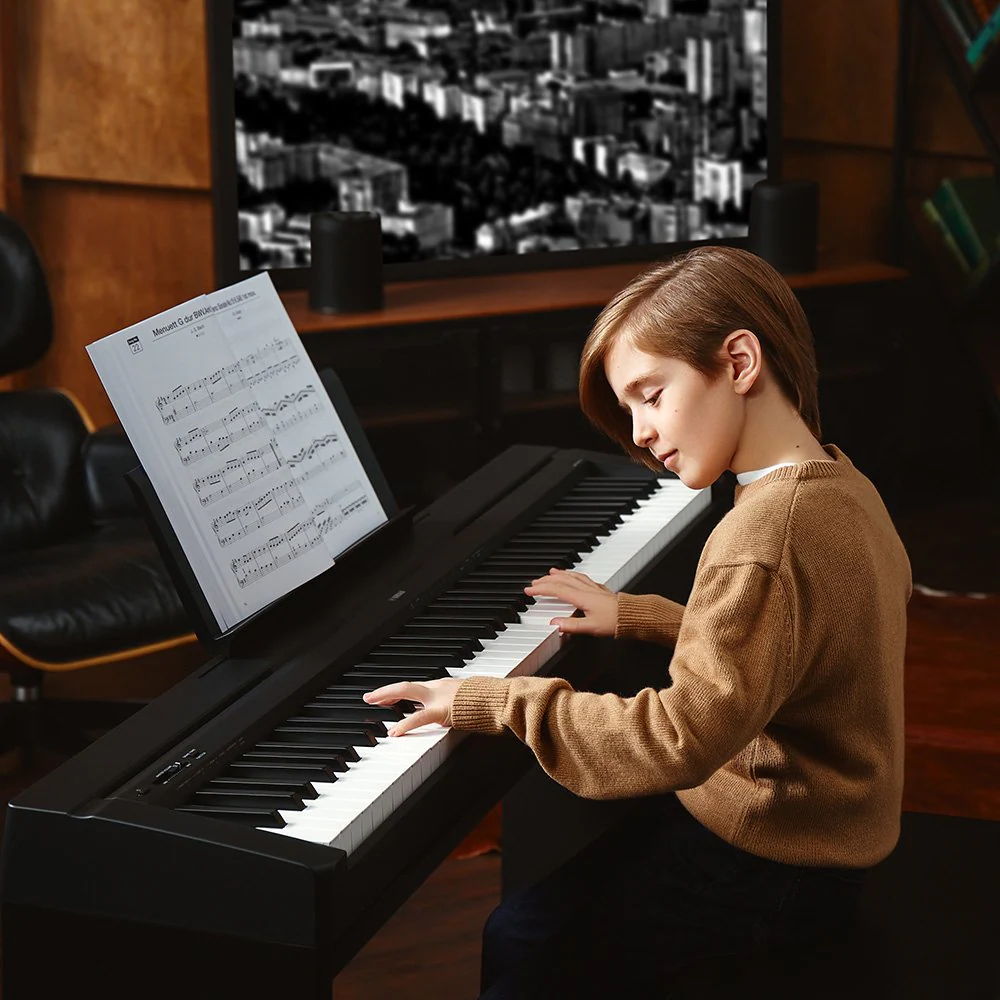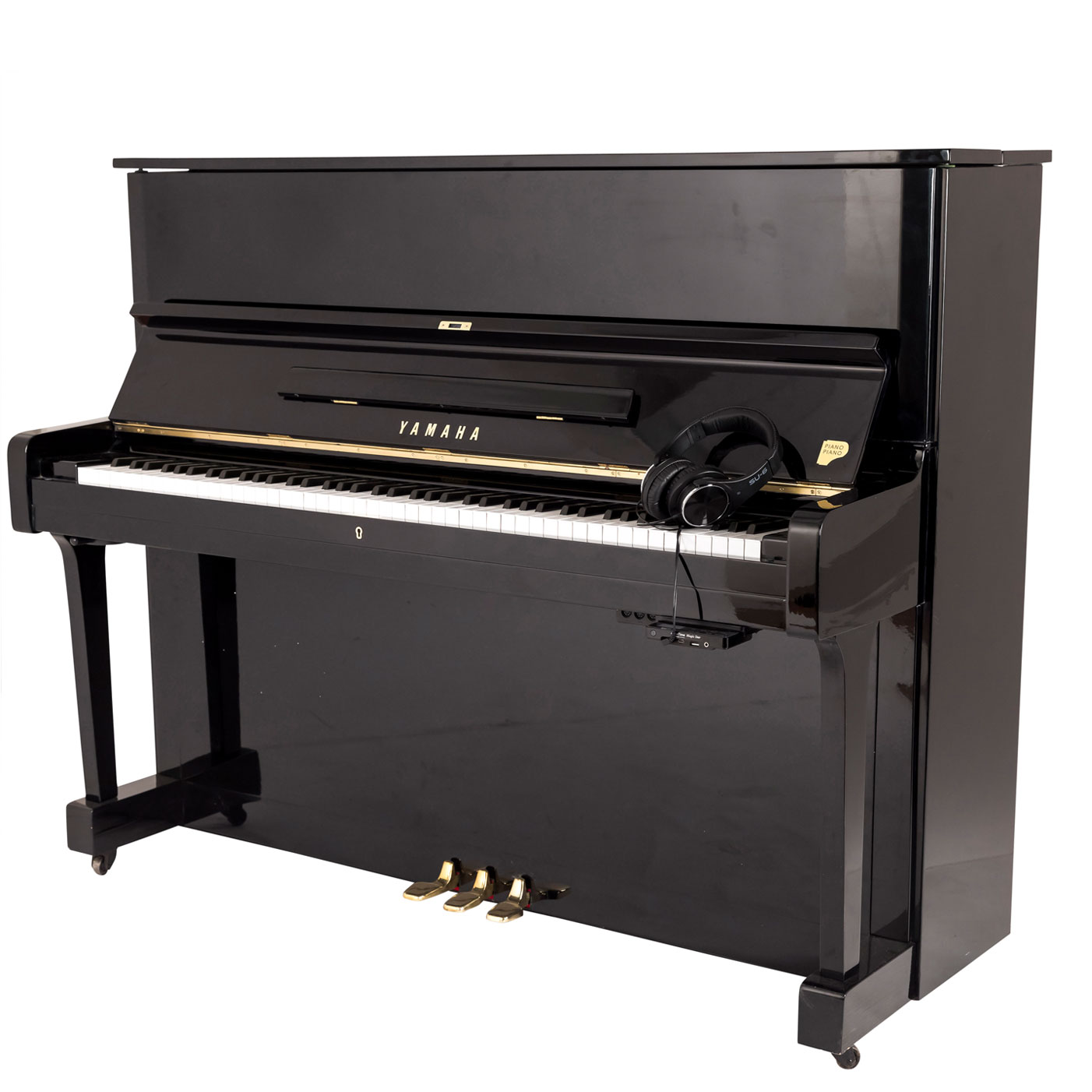Have you ever wondered where Yamaha pianos are made? As a fellow music enthusiast, I have always been curious about the origins of this iconic brand. After all, their pianos are known for their exceptional quality and sound. Well, look no further as in this article we’ll uncover the fascinating history behind Yamaha and its production process. From humble beginnings in Japan to becoming a global leader in piano manufacturing, we will delve into the details of where it all began and how these beautiful instruments are crafted today. So, sit back, relax, and let’s take a journey through time to discover where your beloved Yamaha piano comes from.
So, where is yamaha piano made?
Yamaha pianos are made in various locations around the world, with their main production facilities located in Japan and Indonesia. However, the history of this iconic brand dates back to 1887 when Torakusu Yamaha built his first reed organ in Japan. Over time, the company expanded its production to include pianos and other musical instruments.
Today, Yamaha is known for producing high-quality and innovative pianos that are used by musicians all over the world. The company’s dedication to craftsmanship and attention to detail has solidified its reputation as one of the top piano manufacturers in the industry.
In addition to their manufacturing facilities in Japan and Indonesia, Yamaha also has factories in China and Taiwan where they produce entry-level models. These factories adhere to strict quality control standards set by Yamaha headquarters.
The company’s commitment to innovation can be seen through their use of advanced technology such as computer-aided design (CAD) systems and robotics in their production process. This allows for precise construction of each piano component resulting in superior sound quality.
Overall, whether it’s a grand piano or an upright model, you can trust that your Yamaha instrument was crafted with care and expertise from start to finish. Their rich history combined with modern techniques makes them a leader in the world of piano manufacturing.
Understanding Yamaha Piano’s Origins
Unveiling the History behind Yamaha’s Piano
Yamaha, a name etched in the world of music, has its roots embedded deeply in history. Started by Torakusu Yamaha, this remarkable journey began back in 1887 when he successfully repaired a Reed organ. Inspired by this achievement, he dared to venture into uncharted territory and crafted Japan’s first-ever piano. The birth of Yamaha’s pianos was not just an event but a revolution that resonated amidst musical maestros.
Torakusu didn’t merely construct an instrument; he created magic with his bare hands. He focused on every minute detail from sound quality to physical design ensuring that it reflected both beauty and elegance. His approach towards perfecting each piano led to the creation of some extraordinary models like:
- The U1: This upright piano became well-known for its exceptional tone quality and durability.
- The CFX series: A grand masterpiece renowned for delivering rich, nuanced tones fitting for any concert hall.
Indeed, Torakusu’s relentless pursuit towards perfection shaped what we now recognize as Yamaha Pianos. This dedication towards excellence is still evident today as Yamaha continues pushing boundaries while maintaining the legacy of their origins – crafting high-quality pianos loved globally.
From Hamamatsu to the World: A Breakdown of Yamaha Piano Manufacturing Locations
The story of Yamaha pianos is an enchanting symphony that began in the city of Hamamatsu, Japan, and has now spread its melodies all across the globe. The birthplace and headquarters, Yamaha’s Kakegawa Factory in Hamamatsu, is a must-see for any piano enthusiast. Known as ‘the home of master craftsmen’, this factory houses the best artisans who craft each piano with precision and enormous respect for tradition. It’s here where grand pianos such as CF Series concert grands and S Series premium grands are handmade – their beautiful sounds resonating throughout concert halls worldwide.
The mastery of Yamaha doesn’t stop at Japan; it reaches on to other parts of the world too. There are three primary points beyond Japan:
- Jakarta, Indonesia: Here lies one more significant manufacturing unit where most upright pianos make their first note. The sheer volume produced makes Jakarta an essential part of Yamaha’s global reach.
- Taixing, China: This location features another vital production site mainly creating entry-level acoustic pianos targeting burgeoning Chinese market needs.
- Thomaston, Georgia USA: Last but not least comes Thomaston pumping out Disklavier player pianos apart from being known as a hub for restoring vintage Yamaha models!
The journey from Hamamatsu to these various corners around our planet speaks volumes about how Yamaha has grown into a global icon in piano manufacturing while still preserving its traditional Japanese craftsmanship.
 where is Yamaha piano made?
where is Yamaha piano made?
Read also: boston vs yamaha piano
Craftsmanship and Quality: The Secrets Behind Yamaha’s Piano Production
Musical magic is birthed in the heart of Yamaha’s piano production centers. Every note, every melody that comes from a Yamaha piano resonates with the sounds of superior craftsmanship and stellar quality. From seasoned experts who’ve dedicated their lives to creating musical masterpieces to state-of-the-art technology honing each curve, corner, and key – it’s a symphony on its own. Ensuring perfection at every stage of production is what makes these pianos stand out like shiny black pearls against an oceanic blue sky.
The Process:
It starts with carefully selected wood that has been perfectly aged so as not to compromise sound quality or durability. The component cutting process follows– it’s meticulous and precise to the nth degree. These components then take shape under dexterous hands using time-honored methods passed down through generations; this gives rise to intricate design detailing which renders each piece unique.
Craftsmanship:
- The plate setting – a task carried out by skilled craftsmen ensures stability whilst maintaining optimum resonance.
- Action assembly – here, precision plays its part as 12,000 individual parts are harmoniously combined.
- Tuning – performed by masters of sound who breathe life into each instrument; making sure they hit just the right notes!
This painstakingly detailed process promises more than just longevity for each instrument; it assures that your Yamaha piano will deliver top-tier performance over a lifetime! Magic doesn’t happen overnight- indeed true for Yamaha Pianos where skill meets patience meets passion.
Exploring Key Developments in the Evolution of Yamaha Pianos
From its inception in 1887, Yamaha, a pioneer in the world of music, has continually refined its piano manufacturing techniques to produce instruments that reflect both innovation and tradition. The early models were crafted from local woods and built by hand. However, as global trade expanded and technology advanced, Yamaha began importing higher quality materials which greatly improved the sound quality of their pianos. Furthermore, they also started using automated machinery like CNC milling machines for precision crafting.
Today’s Yamaha pianos are renowned for their outstanding durability and rich tonal clarity – a result of key developments over time. Let’s delve into some notable ones:
- Aeolian Pianola (1906): This was an astonishing invention at the time – a self-playing piano! By utilizing pneumatic devices and perforated paper rolls encoding notes duration & speed, it brought melodious music to households without needing anyone with piano skills.
- Silent Piano™️ system (1993): Here comes another groundbreaking creation bridging acoustic tradition with digital technology – enabling players to listen via headphones while keeping piano’s natural touch intact. Practice anytime without disturbing others!
- TransAcoustic™️ tech (2015): Pushing boundaries further by blending acoustic performance with digital sound augmentation – this feature allows fine adjustments or exotic effects on-demand while playing.
The evolution of Yamaha pianos is indeed marked by remarkable innovations aimed towards enhancing musical experience globally. Each new development signifies Yamaha’s unwavering commitment towards embracing change while preserving the core essence of traditional musicality.
You may also like: when was piano invented
The Global Impact of Yamaha Pianos on Music and Performance
Ever since the first model graced a stage back in 1900, Yamaha pianos have truly revolutionized music and performances around the globe. These magnificent instruments are not just renowned for their exquisite sound quality but also for their extraordinary contribution to various musical genres. With Yamaha’s cutting-edge technology complementing centuries-old craftsmanship, these pianos have become a staple in concert halls, music studios, schools and homes worldwide.
The global impact of Yamaha Pianos cannot be overstated. Thanks to their unparalleled consistency in performance and tone, even after continuous use over extended periods – whether it’s jazz in New Orleans or classical symphonies at Vienna – artists universally prefer this brand.
- The CF Series: Known for its exceptional dynamics and expressive tonal color that has set new benchmarks for grand piano design.
- The SX Series: A perfect blend of innovation with tradition, offering rich tones inspired by vintage models.
- The Upright series: Offers an outstanding touch and broad dynamic range making them ideal choices from beginners to seasoned professionals.
These innovative offerings have made Yamaha Pianos instrumental (pun intended!) in shaping modern-day performances across cultures. In essence, they are not merely tools that produce melodies but integral characters woven into the very fabric of musical stories around the world.
Conclusion: Reflecting on Yamaha’s Remarkable Journey in Piano Manufacturing
Yamaha, a name synonymous with superior craftsmanship and stunning musicality, has been an integral part of the intricate tapestry of piano manufacturing for more than a century. Born from a humble origins in 1887, Yamaha’s journey is a testament to ingenuity and dedication. From its earliest upright models to their exquisite grand pianos today, each piece carries with it not only the weight of history but also the radiant spark of innovation that sets Yamaha apart.
The essence that makes Yamaha stand tall amidst its competitors lies in their commitment to perfection coupled with mastering modern technology without losing touch with traditional methods.
- Their signature series showcase exceptional craftsmanship where each detail echoes quality.
- In-house artisans handcraft select components, ensuring impeccable durability and performance.
- They blend advanced technology such as digital capabilities into acoustic pianos offering players unprecedented control over their sound.
Indeed, Yamaha doesn’t just manufacture pianos; they create beautiful musical instruments that inspire passion and evoke emotion. Each key struck sends forth resonating notes filled with rich tones etching harmony into every corner of our world. While we revel in technological advancement, let us never forget the timeless melody born out of tireless hands dedicatedly crafting these magnificent symphonic masterpieces throughout Yamaha’s remarkable journey in piano manufacturing. This remarkable story serves as an inspiration for aspiring musicians worldwide while challenging other manufacturers to continually raise their standards.

